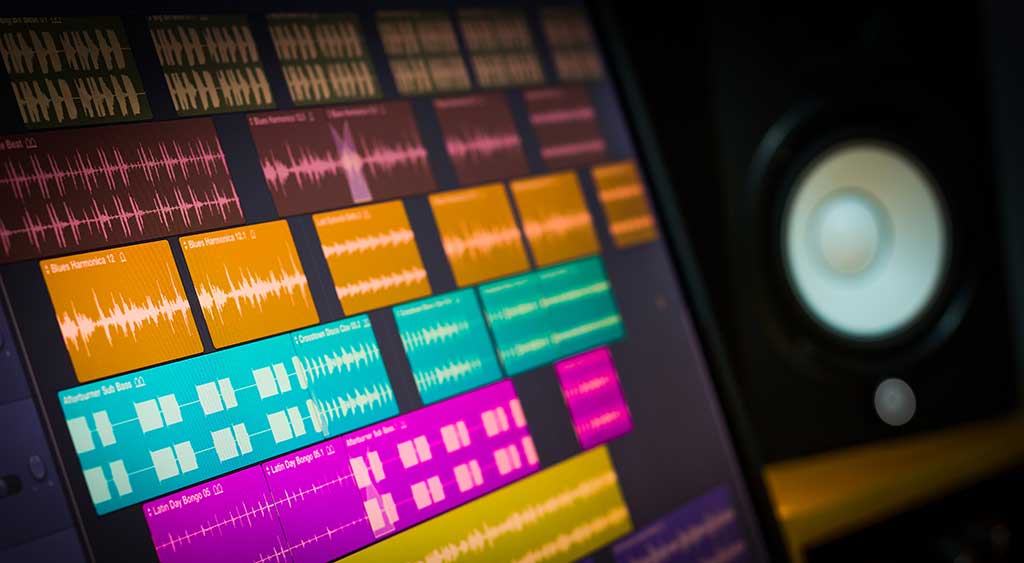Trying to understand beat licensing can be challenging. With a myriad of bureaucratic rules governing how beat licensing works, you may need the help of someone experienced enough to explain the nuances of the beat licensing industry to ensure you stay relevant and competitive. Count your lucky stars because at luke4pres, we explain two main things you need to know about beat licensing.
Beat Licensing Differs from Beats Selling
Beat licensing is worlds’ apart from beats selling, both by definition and practice. When producers sell beat licenses, it does not mean that the beats belong to the customer. In beat licensing, ownership is kept by the producer and isn’t transferred to the artist. Beat licensing simply means that an artist can use that beat in accordance with licensing agreements in a limited and prescribed way. This may involve the number of times a licensed beat can be used, sold, or used in a public performance. The key thing to understand is that when you license a beat, you don’t own the beat. This is also known as non-exclusive license, which implies you have non-exclusive use of the beat. Ownership is reserved for the producer. Licensed beats are in a new artist’s arsenal as they are typically inexpensive compared to exclusive beats.
Exclusive licensing is named as such, whereby no other artist can use this same beat. Exclusive licensing offers unlimited usage as compared to non-exclusive license.
Beat Licensing Can Generate Royalties
Here is the fun part with beat licensing: it can be highly lucrative! There are many types of royalties one can earn from beat licensing. Firstly, the label or distributor who recorded the beats can earn master royalties. For artists who distribute any music containing the beats, it’s usually subject to the beats distribution agreement. Based on that, the artist will receive a percentage of the royalties. There are also agreements that limit the number of downloads of the track, which in turn, limits the number of master royalties you can get. Once the cap is reached, the onus is on the artist to renew the license accordingly.
It’s worthwhile to mention that in non-exclusive beat licensing, ownership is reserved for the track. The artist cannot register their track as intellectual property if a non-licensed beat is used.
In addition, another type of generated royalties is performance royalties, also known as neighboring rights. They are earned from the sound recording specifically. Neighboring rights can be earned depending on location, they can be categorized into three parts: the label share, non-featured artist share, and featured artist share. As the label recorder, the label share is yours to collect. As the artist, you earn the featured right, while as a non-featured artist, you earn a non-featured right.
There are also publishing royalties that can be earned. Publishing royalties are related to the ownership of the right to publish the beat. Traditionally, producers and artists share in the pie of publishing royalties.
Why Choose luke4pres?
At luke4pres, we know how much your music means to you, from a personal and economic standpoint. With so much information online about beat licensing, it can be overwhelming and confusing. So, contact us to find out how we can help!
